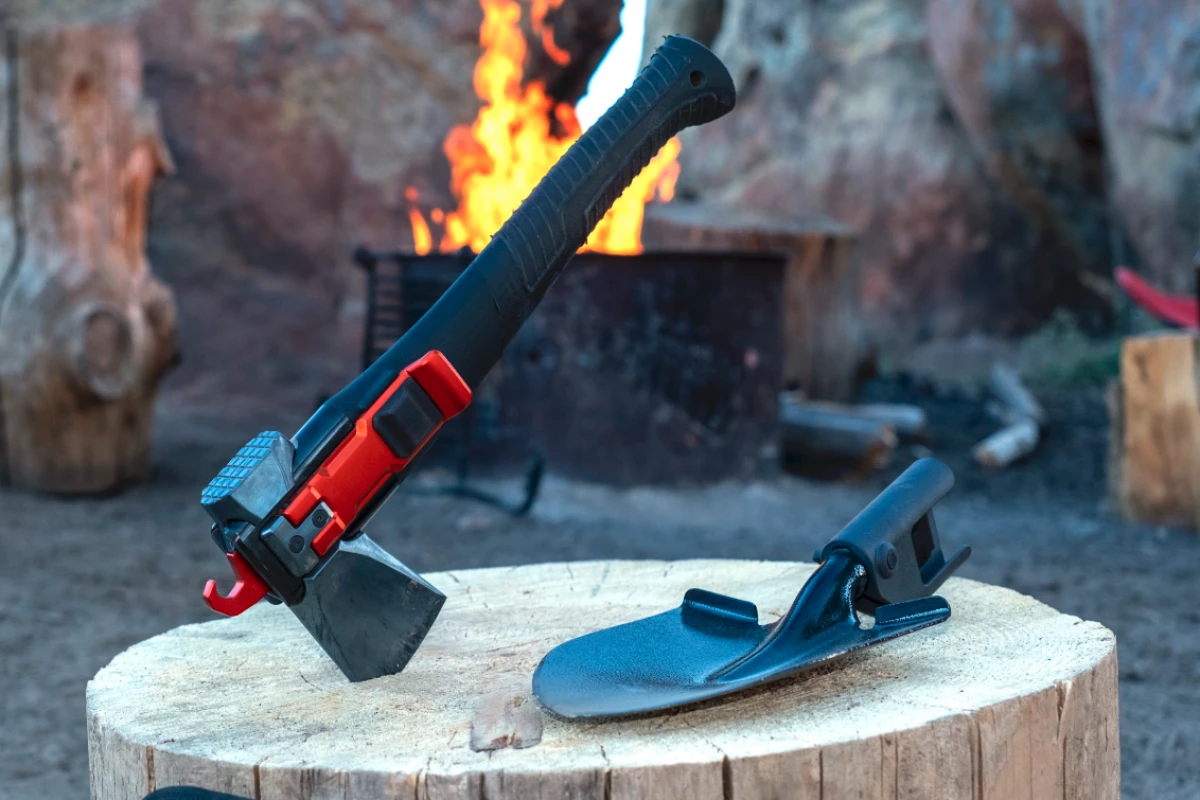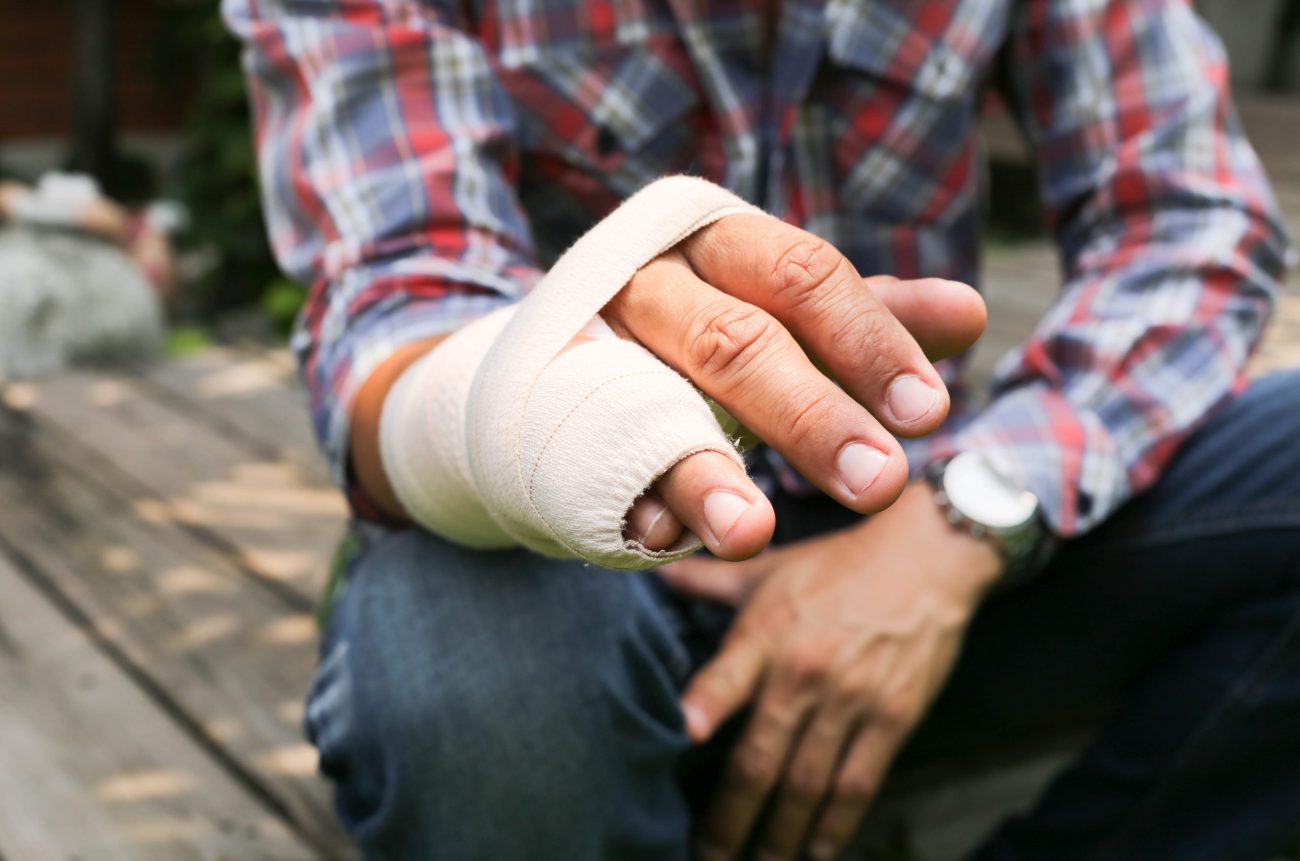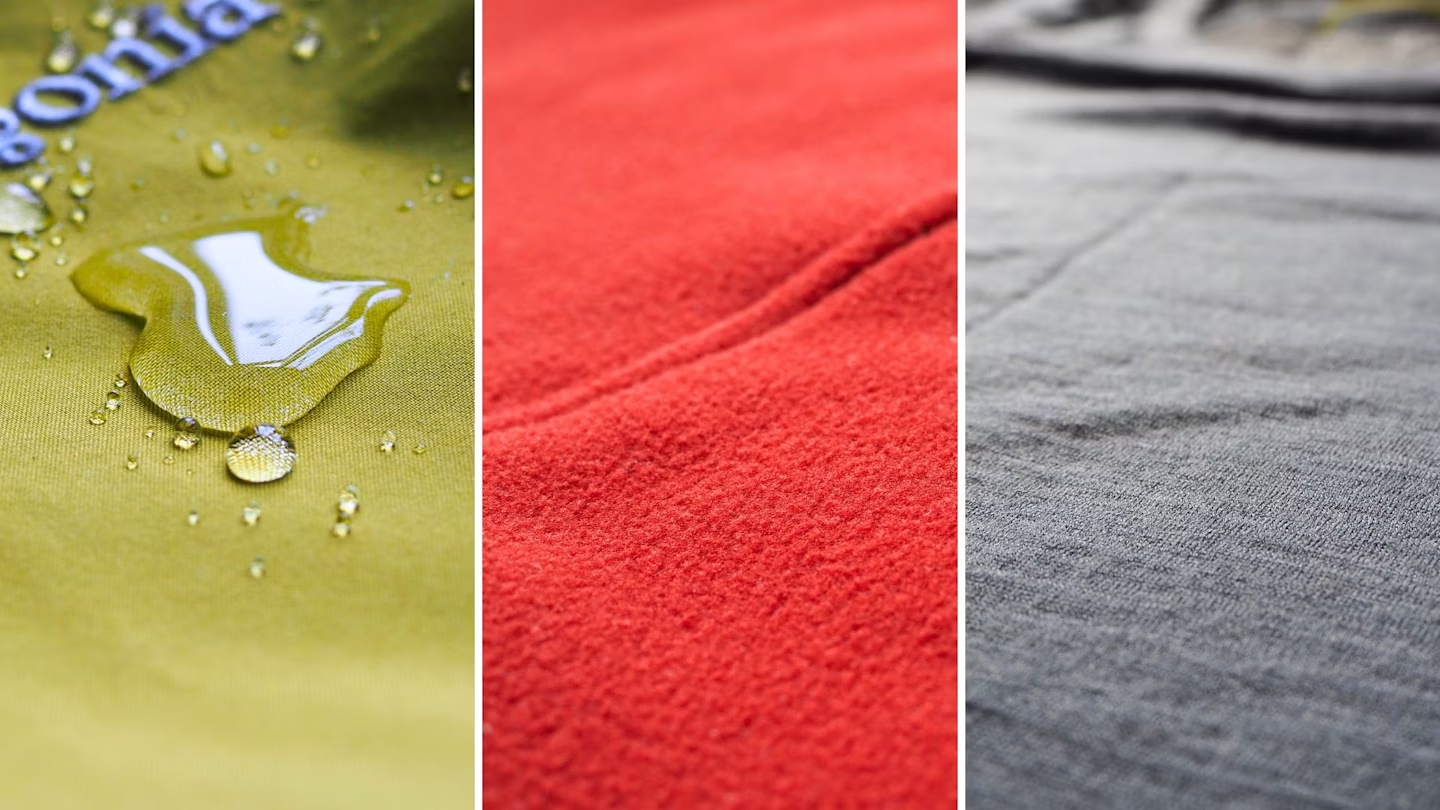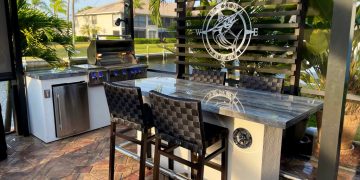When it comes to outdoor adventures, survival scenarios, or unexpected emergencies, one of the most crucial aspects of staying safe and thriving is the gear you carry. But how many of us can truly say our gear is fully prepared for the unexpected? Whether you’re an avid traveler, a seasoned outdoorsman, or someone simply preparing for potential emergencies, understanding the importance of quality gear and how to choose it wisely can make all the difference between surviving and thriving in challenging situations.
In this article, we’ll explore what makes gear “ready for the unexpected,” how to assess your current collection of tools, and how to optimize your preparedness for a wide range of unpredictable events.
1. The Nature of the Unexpected
The unexpected comes in many forms. It could be a sudden change in weather during a hiking trip, a technical failure during a remote camping excursion, or a more serious survival situation following a natural disaster or a car breakdown. The key to readiness is acknowledging that the unexpected can strike anywhere, at any time, and it’s often our gear—whether it’s for hiking, driving, or even home safety—that can make or break a situation.
So what makes gear suitable for the unknown? Simply put, it needs to be versatile, durable, and adaptive. The best gear not only meets your current needs but can also handle the unpredictable, offering solutions when conditions shift or emergencies arise.
2. Versatility: A Gear Multitasker
In the world of preparedness, versatility is king. Having tools that serve multiple functions ensures you’re not burdened by excess weight or an overly complicated gear setup. Imagine being stranded in the wilderness with only one item in your pack. Would you prefer a multi-tool that can handle everything from cutting rope to starting a fire, or would you want to carry ten different individual tools?
Here are a few examples of versatile gear:
- Multi-tools: Modern multi-tools come with a range of attachments—pliers, knives, screwdrivers, file, scissors, and even a can opener. A good multi-tool is a Swiss army knife in its truest form: lightweight, compact, and capable of handling a multitude of tasks.
- Modular Clothing: Clothing that adapts to varying conditions is also invaluable. From weatherproof jackets to convertible pants that turn into shorts, adaptable clothing can help you deal with sudden shifts in weather.
- Portable Solar Chargers: Solar chargers can power up your electronics when you’re off the grid, but they can also be used to power lights, radios, or other essential survival gear in remote locations.

The key takeaway is that versatile gear reduces the amount of gear you need to carry. It also makes it easier to adapt to changing conditions without having to worry about whether you have the “right tool” for every situation.
3. Durability: Building Gear for Tough Conditions
While versatility is vital, durability is equally important. Gear that cannot withstand the rigors of unpredictable environments, tough conditions, or heavy usage won’t be of much help when the going gets tough. Quality materials, solid craftsmanship, and a reputation for longevity are key factors when considering durability.
Consider the following categories where durability is a must:
- Backpacks and Bags: When selecting a bag for a wilderness trek or emergency evacuation kit, look for waterproof, tear-resistant materials like high-denier nylon or ripstop fabrics. A bag with reinforced stitching at stress points and sealed zippers ensures that your bag stays functional even after the wear and tear of rugged use.
- Tents and Shelters: A shelter can be your lifeline in a survival situation, so it needs to be capable of withstanding extreme weather conditions. High-quality tents are made from waterproof fabrics with strong poles, often made from aluminum or carbon fiber to resist wind and rain.
- Footwear: Boots are often overlooked until they’re tested in the field. Boots that fail to offer proper ankle support, waterproofing, or traction can quickly lead to fatigue, blisters, or worse—injuries. Durable, high-quality boots are built to handle diverse terrains, wet conditions, and long-distance travel.
- Fire Starters: A fire can be the difference between life and death in a survival situation. Investing in fire-starting tools that will work in wet conditions or high winds is essential. Magnesium fire starters, waterproof matches, and even fire steel tools are among the most reliable options.
If your gear is not durable, it will fail at the most inconvenient times, possibly leaving you stranded, injured, or exposed to further risks. Always invest in products from reputable manufacturers with a history of high-quality craftsmanship.
4. Adaptability: Gear That Adjusts to Your Needs
The ability to adapt is a fundamental quality of gear ready for the unexpected. What works in one situation might not be useful in another. Having adaptable gear allows you to tweak your setup to fit the needs of the moment, enhancing your chances of overcoming obstacles.
For example, consider the following adaptable gear:
- Sleeping Bags: A high-quality sleeping bag designed for varying conditions can be a lifesaver. Look for bags that can be adjusted for warmth, such as those with removable liners or adjustable insulation levels. Bags with waterproof outer shells are also beneficial for dealing with damp conditions.
- Layered Clothing: One of the key principles of outdoor clothing is layering. Clothing that allows you to add or remove layers based on temperature is crucial in adapting to fluctuating weather. Moisture-wicking base layers, insulation layers, and waterproof outer layers can be combined to create a versatile clothing system.
- Adjustable Cooking Gear: A compact, collapsible stove that can be adapted to run on different fuel types (such as gas or wood) ensures that you won’t be left high and dry when the weather changes or fuel supplies run low.
Adapting gear to the specific situation you find yourself in will make you more effective in dealing with the unexpected. Whether it’s tweaking your shelter to better fit changing weather patterns or adjusting your clothing to manage extreme temperatures, adaptability is the foundation of preparedness.
5. The Psychological Advantage of Preparedness

Having the right gear is important, but being mentally prepared to use it is just as crucial. The psychological advantage of knowing you have the tools and equipment to deal with the unexpected can help you stay calm under pressure. When things go wrong, panic is the enemy, and a clear head is your best ally.
Here’s how gear can give you a psychological edge:
- Confidence in Crisis: Having reliable gear that you know how to use can make you feel confident when facing emergencies. Whether you’re waiting for rescue or navigating your way to safety, confidence in your equipment can reduce the stress and anxiety of the situation.
- Familiarity: The more familiar you are with your gear, the less likely you are to waste time fumbling when it counts. Regularly using your gear in different scenarios allows you to get comfortable with each item, so you know exactly how to deploy it quickly when needed.
- Training and Practice: Gear without knowledge is as ineffective as no gear at all. The more you practice with your equipment, the more you build muscle memory and mental clarity in high-stress situations.
When preparing for the unexpected, consider mental readiness as just as important as physical preparedness. The gear you carry should empower you to act decisively, not slow you down with complexity.
6. Cost-Effective Gear: Investing Wisely
It’s tempting to skimp on gear in the name of saving money, but that’s often a false economy. While you don’t need to buy the most expensive items in every category, you should never compromise on quality when it comes to essential survival or emergency gear.
Look for gear that offers the best value for money: high-quality items at a reasonable price. Consider longevity, versatility, and durability in your decision-making process. After all, the point of investing in good gear is to have it work when you need it most. A cheap tool may break when you need it, while an expensive one may be overkill.
Here’s a simple guide to help you prioritize your spending:
- Essentials First: Spend more on core survival tools (such as a multi-tool, water filter, or shelter) and less on items that serve secondary purposes (like decorative gadgets).
- Do Your Research: Look for reviews and ask for recommendations from experienced professionals. Understand how each item is likely to perform in the field before you buy.
- Plan for the Long-Term: Avoid the temptation of disposable, short-term solutions. Choose gear that you can use for years to come, not just a one-off trip.
7. Final Thoughts: Be Ready for Anything
At the end of the day, gear is about being prepared to face the unexpected with confidence, knowing that you have the right tools for the job. By focusing on versatility, durability, adaptability, and mental readiness, you can ensure that your gear will serve you well when things take an unforeseen turn.
Remember: it’s not just about having the right gear, but about being able to use it efficiently, under pressure, and in unpredictable situations. Whether you’re braving the wilderness, navigating a disaster zone, or simply preparing for everyday emergencies, the right gear is an investment in your safety, comfort, and survival.























